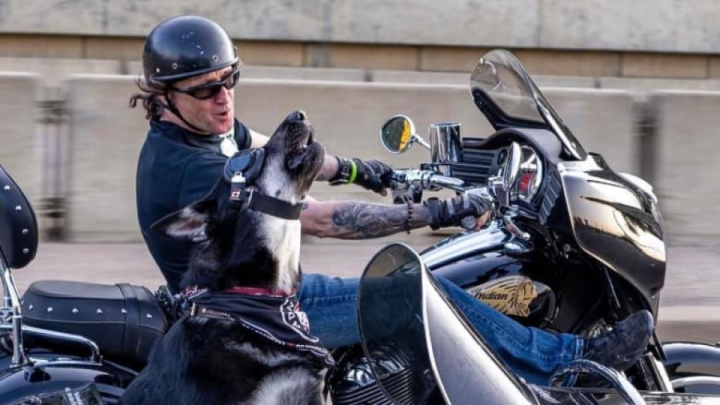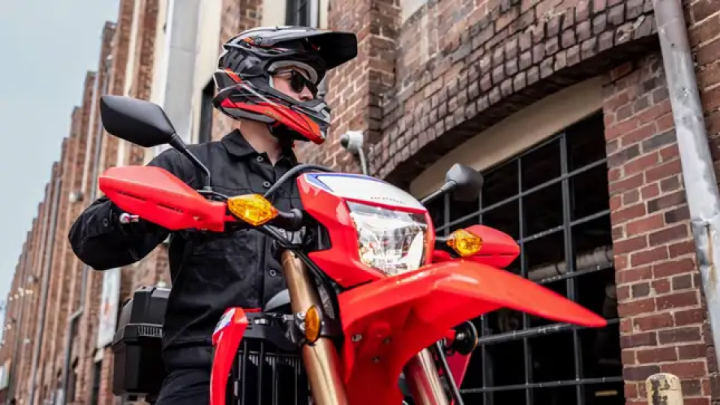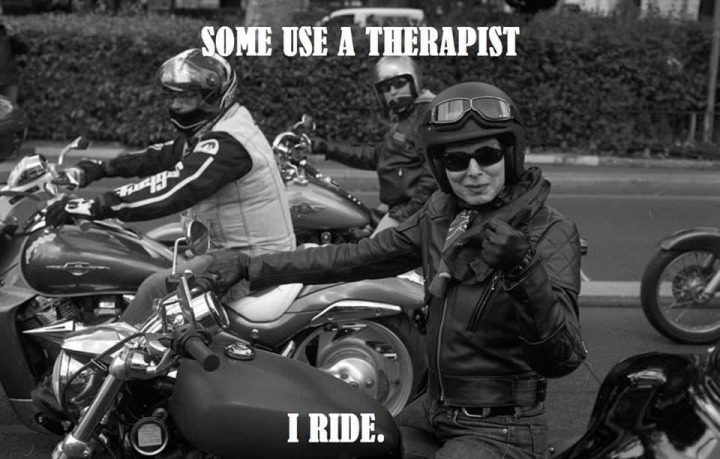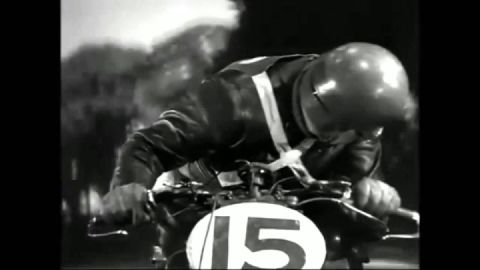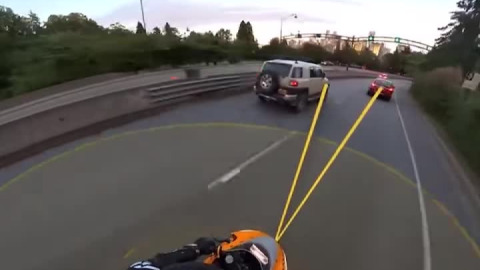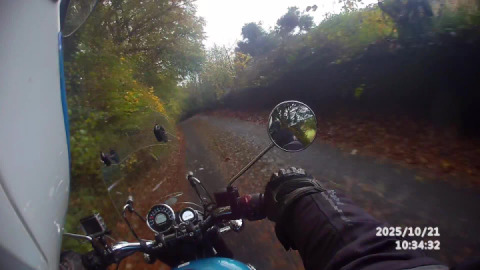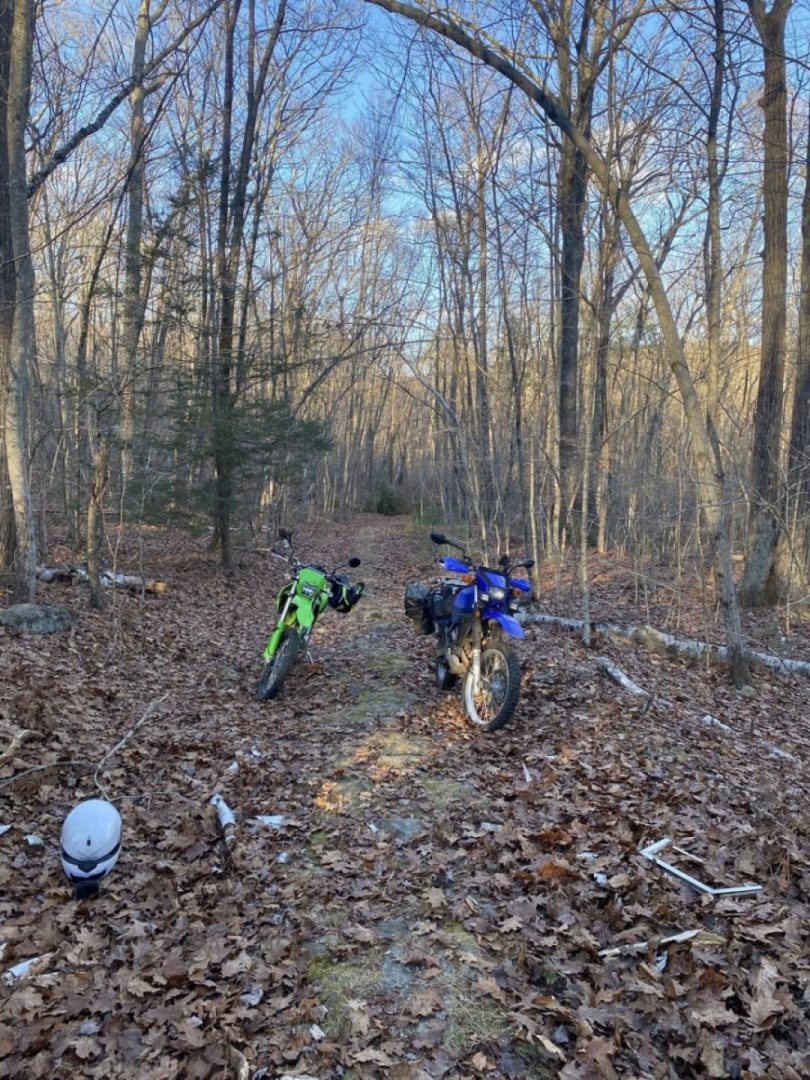Five Tips for Riding a Motorcycle in Rain with More Fun and Safety
Motorcycling in the rain tips & hints: Driving with the motorcycle in the rain is a very unpleasant experience for most, even for many a nightmare. A lot of bikers close the garage doors as soon as bad weather winds up and the riding day is over before it begun. Others, on the other hand, are panicked by the rain and driving hyper slowly and without fun if they come into a rainstorm. But all bikers who are not riding in the rain have one thing in common: they miss something and they simply lack this piece of riding experience …
Under certain circumstances and with the right equipment even motorcycling in the rain can be fun, as long as you know what to do, what to expect and how to behave. Here are 5 tips that will even make driving in the rain fun or at least provide security for the ride to your home …
Tip 1: The right riding equipment is the key
Who does not know it. As soon as it starts to rain it gets wet and often cold. Drenched motorcycle clothing is simply the horror and many bikers squat on their bikes, take an unnatural poise, have a bad view or just feel no longer comfortable.
If you ride in the rain like mentioned before, you can not have fun and can not even control your bike properly. Good rain protection is the keyword here! A two-part rain suit set consisting of weatherproof pants and jacket as well as waterproof boots protect the driver from rain and wetness and increase the well-being enormously.
Also a good visibility is important to drive safely in the rain. In the case of wetness, it is important to keep the visor clear, and this is best done with an anti-fog visor or a special spray. Even a respiratory protection can be a solution. Clear vision is the key element of riding motorbike in the rain and therefore special attention should be given to this point.
With the right rain equipment on the motorcycle, the wetness does not matter at all and the well-being on the bike not physically limited! Visibility can also be increased by signal colors! Get the right rain equipment and the first step towards more security and sovereignty has already been done!
Tip 2: Drive smoother and smarter
Changed weather conditions mean you have to adapt your driving style. Less lean angle, gentler acceleration and braking should be self-evident. In addition, always keep reserves, especially in the brake zone, in order to avoid sudden maneuvers such as strong braking.
Drivers who have an ABS system here have the extra security at their side. Also the proper setup of the traction control (if available) is one of the basic things of driving in the rain. With modern driving systems, it is also possible to have fun in the rain, which is also safe, since they intervene in an emergency and have special rain modes.
Remember, however, that too much lean angle and very sudden actions can not be compensated by any electronics!
Tip 3: Pay more attention to intersections
A wet road is just wet! That’s what a driving instructor once said to me and he’s right. Although the grip is reduced in the wet, it is not particularly dangerous. Worse is dirt and oil in connection with wetness, which was already on the road and now forms a lubrication film in the wet. Particularly high is the risk at crossings/intersections and traffic lights, where cars and other vehicles come to a stop and eventually drip off oil and other liquids. Also dirt is often accumulated in the area of intersections…
Therefore, be extremely careful at intersections and traffic lights to avoid this danger as much as possible. The bad visibility of motorcyclists and the inferior view of the motorists at bad weather can also make some problems at junctions. Always drive slowly and with caution to towards intersections and reduce speed. This rule applies in my opinion always, but should be noticed especially in the rain!
Tip 4: Pay special attention to bitumen patches, manhole covers, markings and rails
Wet asphalt is usually only half as bad. Dangerous are slippery road markings, wet dirt, foliage, bitumen and sewer shafts. Bitumen patches and manhole covers can be safely referred to as “black ice” and have already bumped many motorcyclists on wet roads but also on dry roads. Also cobblestone tiles are really bad road surfaces!
Avoid, as far as possible, to drive on those bad surfaces, but if necessary do this as upright as possible and definitely not at an acute angle! Also, braking on sewer covers and slippery road surfaces can lead to a big problem and loss of the front wheel without ABS. If you have ABS on board, you are usually safe but better don’t rely on it… The same applies to the acceleration, which is also not advisable on the mentioned before surfaces.
If you are on a slippery road section, then it is important not to panic. Keep the handlebars loosely, not tense and let the bike work. Also the strong braking or even a shock brake has to be avoided! If you feel that the road does not provide grip, let the bike roll better and do as little lean angle as possible!
Tip 5: Find the dry / clean line
Even during rain or on wet roads, a clean and even dry line can be found. This is actually always where the traffic or the cars with their tires roll, so close to the middle line or close to the edge of the road. At these points, other vehicles often drive the road “clean” and sometimes even dry, so there is more grip available for motorcyclists. Partly the differences can be recognized with the bare eyes…
If you follow the above tips to ride your motorcycle in the rain, you will gain more and more safety. Of course the motorcycling is always more fun in nice weather conditions, but with some knowledge and experience it can also be a pleasure in the rain…
Note: Particularly with special Supersport tires, driving in the rain can be very dangerous. If you do not necessarily go to the race track, you should therefore always choose good road sports tires or touring sports tires, which in addition to massive and sufficient grip also have excellent wet running properties and thus significantly increase the safety!
 Follow
3.7K
Follow
3.7K


